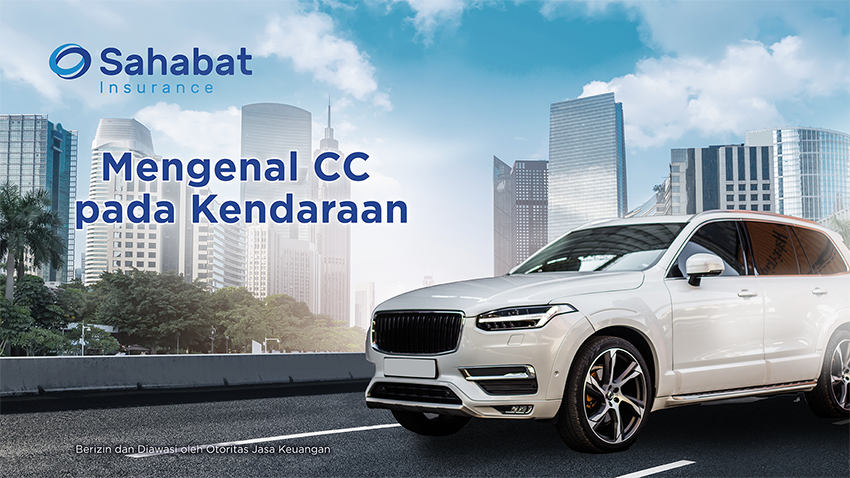Car engine sizes: What you need to know
Terakhir Diubah : 03:17:29 - Tuesday, 23 August 2022

A key area to consider before purchasing a new car is engine size; the size of a car engine will have a large impact on the performance, economy and value of a vehicle. But what does engine size mean and how should it affect your willingness to purchase a car? Here, we’ll take a look at what engine size means and why size doesn’t always matter!Engine size is the volume of fuel and air that can be pushed through a car’s cylinders and is measured in cubic centimetres (cc).
Car engine sizes are normally specified in litres, which is rounded up to the nearest tenth of a litre.As you can likely imagine, larger engines with an increased capacity for fuel and air require more fuel than smaller engines. This is especially true if you’re quick to accelerate or drive at maximum speeds on long motorway journeys.
Engine capacity is the volume of all the pistons in the engine cylinder as measured by the maximum movement from top to bottom. So, the greater the CC of the vehicle's engine, the greater the power produced.
For more info about Car Insurance, please call Sahabat Insurance 021-50508080.
Berita Lainnya
Pefindo assigned a rating of “idBBB” to PT Asuransi Sahabat Artha Pr
JAKARTA – PT Pemeringkat Efek Indonesia (Pefindo) assigned a rating of “idBBB” to PT Asuransi Sahabat Artha Proteksi (Sahabat Insurance). The outlook for the corporate rating is “stable”.
Through its official statement, Pefindo explained that the rating reflects an above average capitalization profile, adequate liquidity, and moderate asset quality. However, the ratings are constrained by its moderate operating performance, concentrated business profile, and intense competition in the general insurance industry.
Source:
https://mediaasuransinews.co.id/market/sahabat-insurance-diganjar-peringkat-idbbb-outlook-stabil/
https://keuangan.kontan.co.id/news/pefindo-berikan-peringkat-idbbb-untuk-sahabat-insurance

 Indonesia
Indonesia
